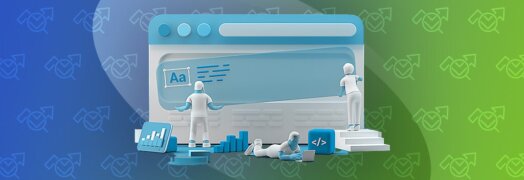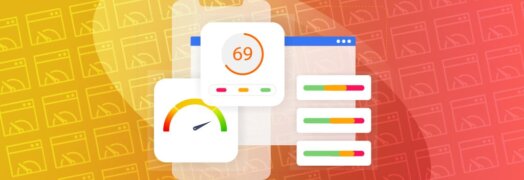FAQ on web design for tech companies
How much will a B2B technology web design cost?
Where can I see examples of compelling B2B technology websites?
How long does the B2B technology website design and build process take?
What can I expect from your B2B technology website design process?
What should I expect from my new B2B technology website?
Who in my organization should be involved in a B2B technology website design project?
What to include in B2B technology website design
Products or services page(s)
This may seem straightforward, but it’s important to include pages for each main service or product offering that explains all the features, benefits, and specifications. After the homepage, products and services pages are the most visited pages on a B2B technology website. These pages give visitors all the information they need about what your company provides. We recommend a main product or service page that has subpages for the major products or services you offer.

Applications or use cases
How are your existing clients using your products or services? Applications or use cases describing how companies are using your technology will address specific issues your clients experience and how you solve those issues, either with your product or service offerings.

Industry pages
The B2B sales process is often complex and long, involving multiple stakeholders in an organization. The more complex the technology product or service you offer, the longer the evaluation process and the more people in the organization are involved. Industry pages are an opportunity to speak directly to buyers of each level in a particular industry. Your technology products or services often have different benefits depending on the end-user, so it’s important to have website pages that address them all. Even if the overall message on each industry page is similar, it shows the stakeholders at each level that you understand their needs and builds trust in your technology offerings.

Integrations or processes
Chances are your products or solutions fit into a larger technology ecosystem. Potential clients want to know where and how your products and solutions fit into their existing tech structure. For technology products, it’s important to clearly list any specifications or how your technology will work for the end-users. For technology solutions, buyers want to know how your solution differs from what they currently are using or what makes you different from your competitors.

Resources + case studies
Similar to crafting a specific knowledgebase for a technology product, you want to have a resources section on your B2B technology website for prospects considering partnering with your company or purchasing your products. A well-thought out resource center will include a mix of broad and specific resources for potential buyers throughout every stage of the buying process. Additionally, it will help nurture leads when you create various pieces of content like whitepapers, guides, case studies, and blog posts that educate buyers at every level or the organization.

Company pages
Whether your technology firm is a start-up or a seasoned enterprise with a name in the industry, company pages that share information on your leadership and technology innovators will build trust with potential clients. People want to know who they are partnering with and who is behind the technology products or solutions your company offers.

Request a consultation CTAs
Often, the first step in a technology partnership is a consultation to learn more about the specific needs or issues of your prospect. After a prospect has determined your technology company has a viable solution or necessary product, you want your website to make it easy for them to set up a meeting or call with your team. Our conversion experts recommend including various calls to action throughout your B2B technology website to make it as easy as possible for website visitors to get in touch.

B2B technology lead management
We’ve put together best practices for effective B2B technology lead handling.
Continuously test website forms
Before you can work on nurturing leads, you need to ensure all potential leads are getting through. Simply testing website forms monthly, if not weekly or daily, ensures all forms are working and all website visitors are able to get in touch with your company.
Peek at your junk email folder
Even when forms are working properly, it’s common to see legitimate form submissions go directly to your junk email folder. We suggest working with your IT department to ensure all form senders are marked as safe in your email client. However, even doing this doesn’t prevent all forms from ending up in junk. Take a peek at your junk folder at least once a day to ensure nothing legitimate ended up there.
Get back to leads in 1 business day
All leads must be responded to within 1 business day, but typically you want to reply within an hour. This is crucial because if you can get the “first mover advantage” in the sales discussion, you can direct the conversation and buying process for the prospect. This ensures your prospect uses your technology products or solutions as the standard and asks your competitors about the features and capabilities that your technology solution offers. You lead the sales discussion rather than reacting to the questions being provided by a competitor.
Include thought leadership content in every email
Every email with a prospect is a chance to strengthen you technology solutions’ credibility. Each email during the nurturing process should include a blog entry, a use case, a third-party article about your solution, a testimonial, etc. It’s important to remind the prospect why your B2B technology solution is the best fit for their specific needs.
Nurture leads via phone, email, Zoom + direct mail
The majority of lead nurturing, 90%, is through digital communication. But it helps you stand out if you mix it up from time to time by using phone calls and direct mail. A direct mail piece with a professionally designed B2B technology buying guide ensures you stand out from your competition. Strengthen the relationship by placing a check-in call from time to time as well. Keep in mind that the prospect is regarding how you treat them during the sales process as a preview of your firm’s customer service experience.
Offer incentives to get commitments
It’s true, incentives can help a prospect sign an agreement or place an order. Often, offering a discount or other incentive for a timely commitment can nudge the buyer towards closing the deal. As B2B technology sales cycles can vary from months to years, it’s important to brainstorm internally on what you can offer prospects to be more decisive.
The B2B technology space is fluid and increasingly competitive with new players entering all the time. By starting with a B2B technology website design that incorporates SEO and conversion rate optimization (CRO), you are halfway to closing a sale. The second half of the lead management process is being responsive, thoughtful, and thorough in the sales process to get commitment and improve the client acquisition from your website.
Let’s talk about your project
Get in touch to chat about how we can help you build a better B2B brand. Don’t be shy. We’re great listeners, and even better problem-solvers.













